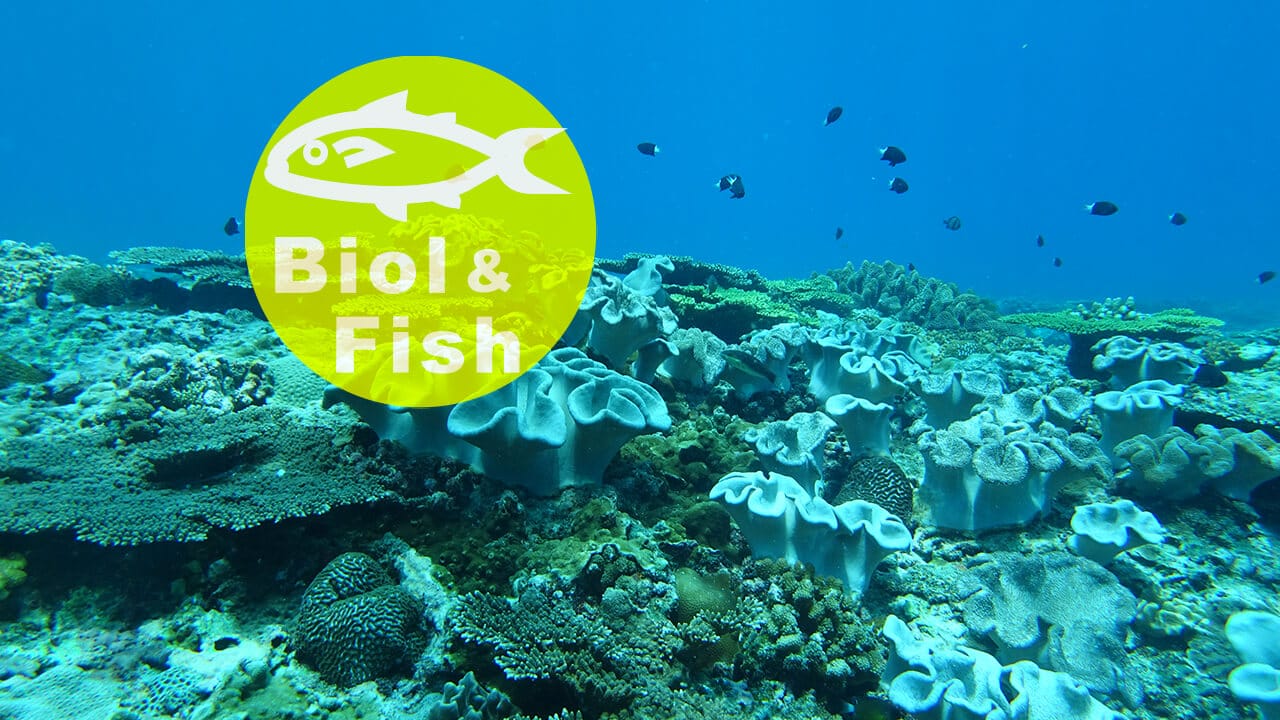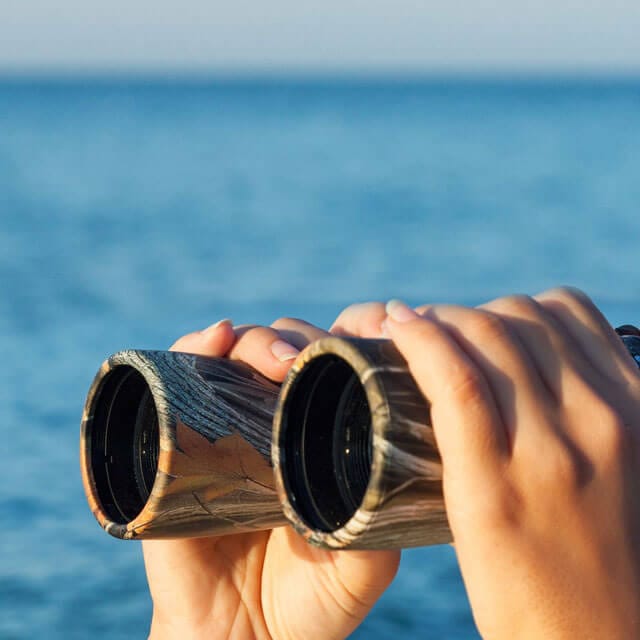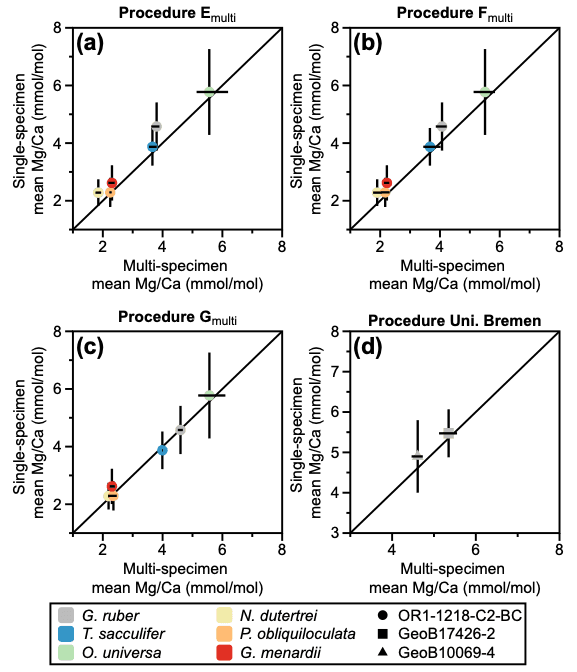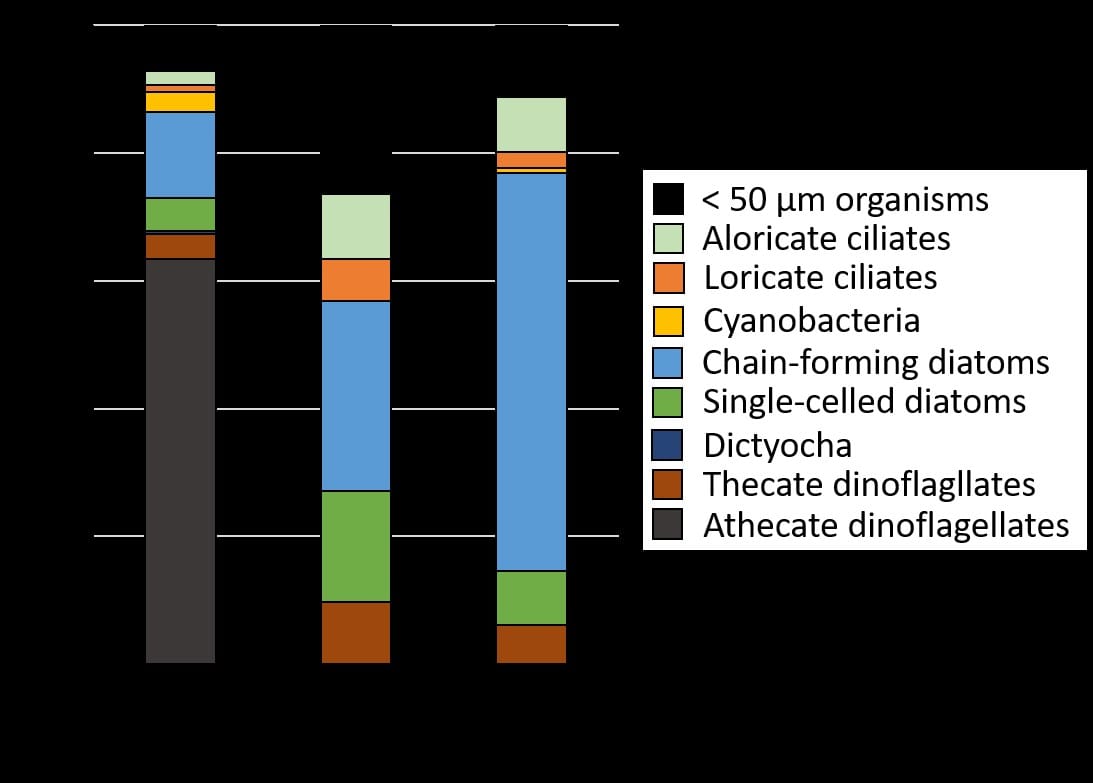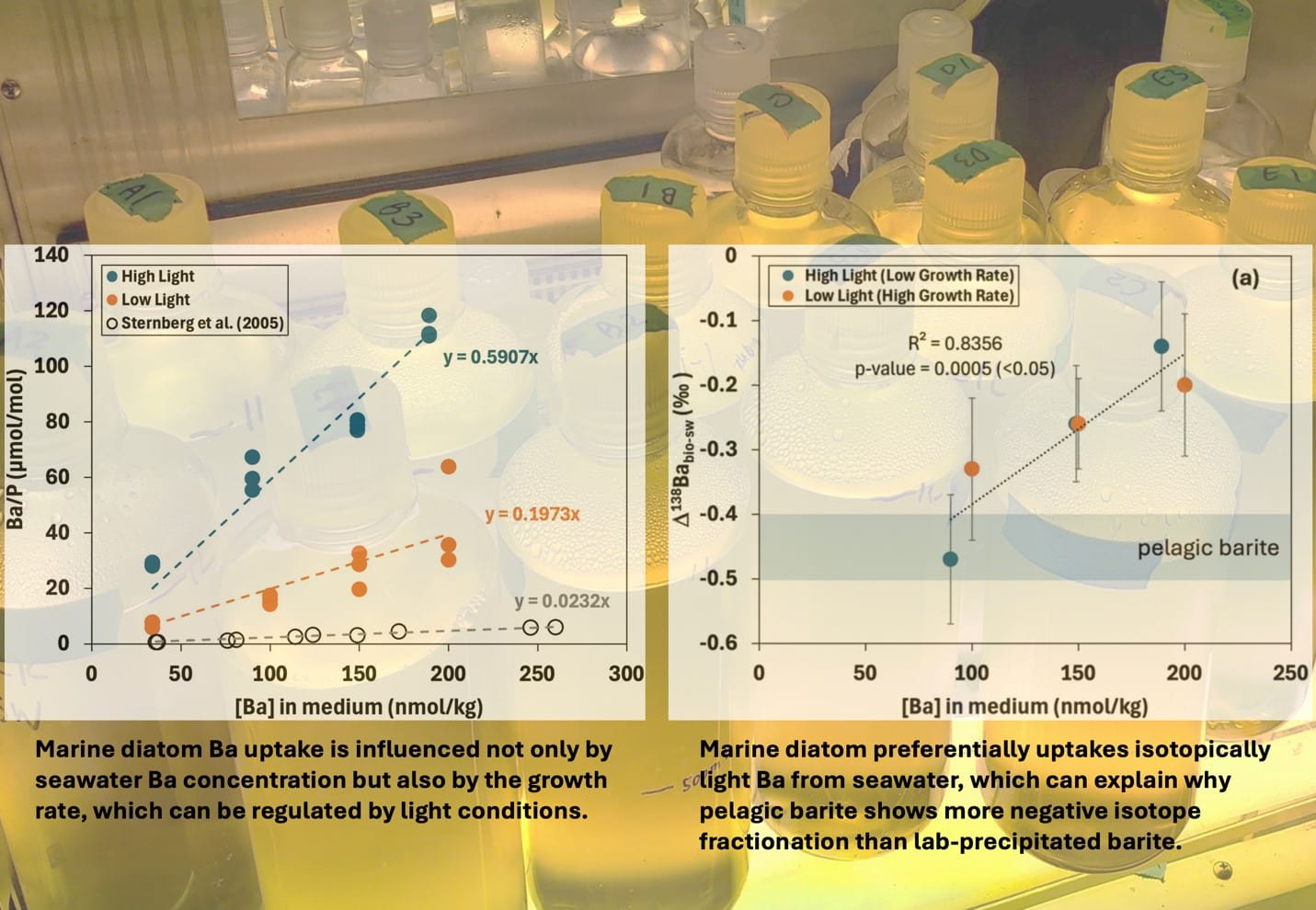講者:許伯駿 教授 Prof. HSU Po-Chun (Center for Space and Remote Sensing Research, NCU)
題目:衛星海洋學:從海洋熱浪到海洋水色
Satellite Oceanography: From Marine Heatwaves to Ocean Color.
時間:10月9日(四) 14:20
地點:海研所2樓大講堂
Abstract:
你可能聽過熱浪,但知道海裡也會發生熱浪嗎?所謂海洋熱浪,就是海水溫度在一段時間內異常升高,像是海洋桑拿(サウナ)一樣,把珊瑚礁、魚群甚至整個生態系都烤到受不了。這幾年隨著氣候變遷,海洋熱浪的頻率和強度都在快速增加,幾乎成為海洋界的新常態。這場演講會帶大家從天空來看海洋,透過衛星,我們可以每天追蹤海表溫度、葉綠素濃度,甚至觀察到珊瑚礁的壓力指標。舉例來說,在綠島、南灣和東沙環礁,從 2016 年開始,海洋熱浪事件明顯增加,2020–2022 年甚至有一半以上的時間海水處於白化警報的狀態,2024年更成為熱應力破紀錄的一年。臺灣東北部因為黑潮流路偏移,再加上太平洋氣候震盪的影響,熱浪更是長達半年,珊瑚白化風險急遽升高。菲律賓的情況也不樂觀,像是 Lingayen 海灣 2022 年就創下單年熱浪 293 天的紀錄,幾乎全年泡在高溫海水裡。除了珊瑚,海洋熱浪還會和颱風互動。大家可能會以為熱浪就是颱風的能量補給站,但實際上更複雜:有時熱浪會讓颱風變強,有時反而會被颱風攪散消失。我們的研究顯示,颱風與熱浪是一種短暫的愛恨交織,彼此影響卻也互相消耗。最後,海洋熱浪不只是溫度事件,它也會影響海洋水色。我們正在研究表觀光學波長,來觀察海水裡的葉綠素和懸浮物,試圖理解熱浪發生時,水色如何改變。這些變化和珊瑚、漁業資源甚至海洋碳循環都息息相關。透過這些例子,我希望大家能感受到,衛星就像是海洋的眼睛,讓我們能夠即時追蹤熱浪、水色與氣候變化的故事。我們目前的研究從臺灣到菲律賓,再到印度洋、加勒比海、挪威海岸,全球的海洋都在經歷一場看不見卻影響巨大的變革。而這些故事,也正在由一顆顆繞行地球的衛星寫下。這些研究不僅是學術探索,更呼應了聯合國海洋永續十年 (2021–2030, UN Ocean Decade) 的行動精神,以及 永續發展目標 (SDGs) 第13項氣候行動與第14項保育海洋生態。透過衛星海洋學,我們希望能更早發現、理解並因應海洋熱浪與水色變化,為全球海洋的永續未來盡一份力。
Satellite oceanography allows us to observe marine heatwaves—periods of unusually high ocean temperatures that are becoming more frequent and intense due to climate change. These heatwaves threaten coral reefs, fisheries, and marine ecosystems, turning regions like Taiwan, the Philippines, and beyond into climate hotspots. For example, Lingayen Gulf in the Philippines experienced 293 days of marine heatwaves in 2022. Using satellite data, we can track sea surface temperatures, chlorophyll levels, and coral stress indicators in real time. Marine heatwaves also interact with typhoons in complex ways, sometimes strengthening or disrupting each other. Additionally, these events affect ocean color, reflecting deeper changes in marine biology and carbon cycles. This research supports the UN Ocean Decade and SDGs, helping us better understand and respond to ocean changes for a sustainable future.

